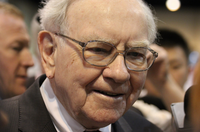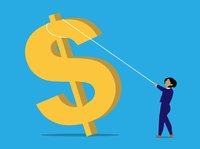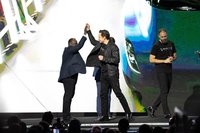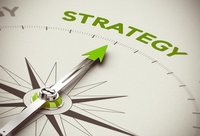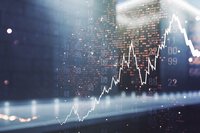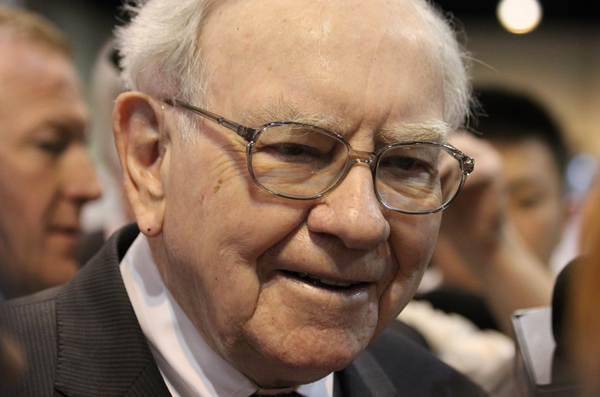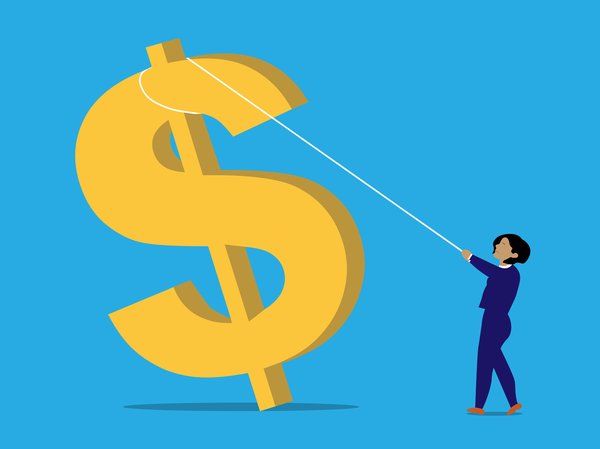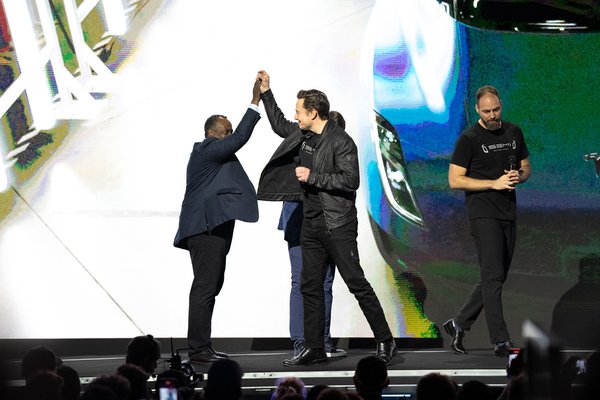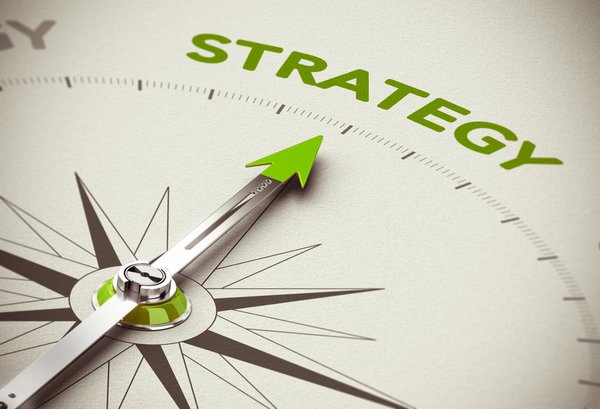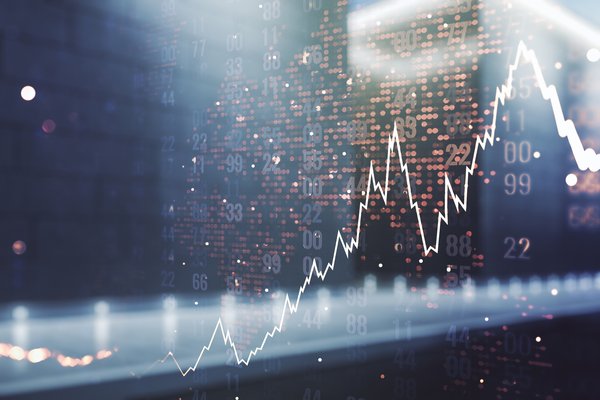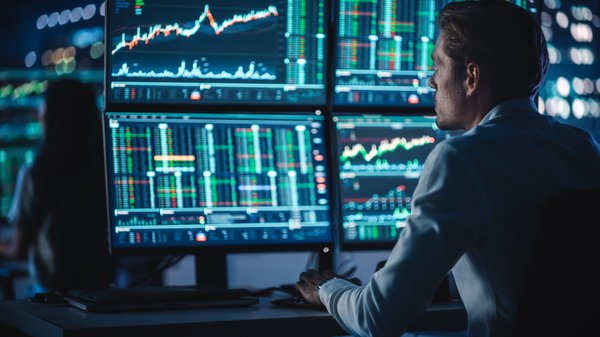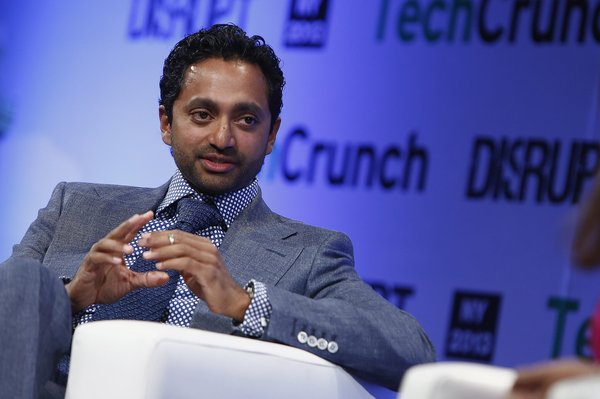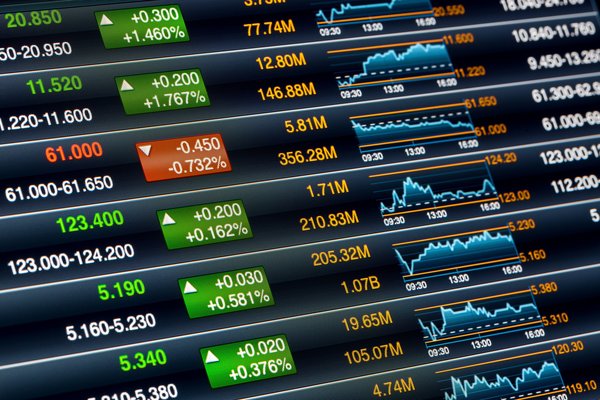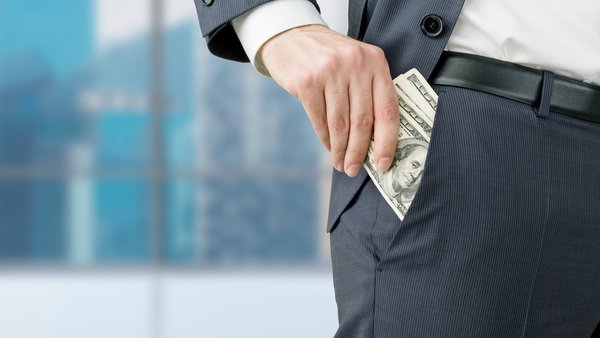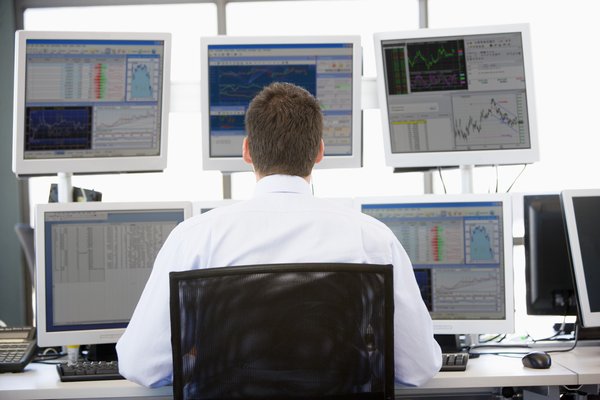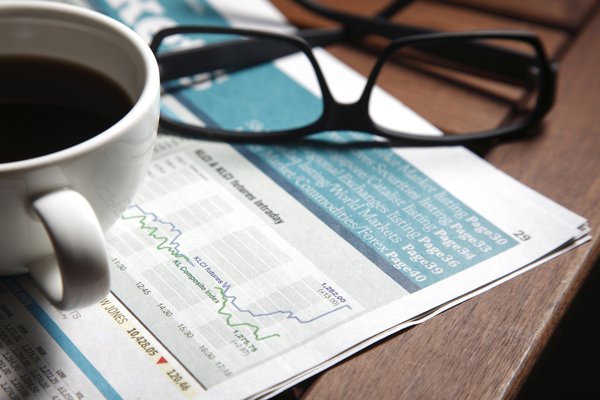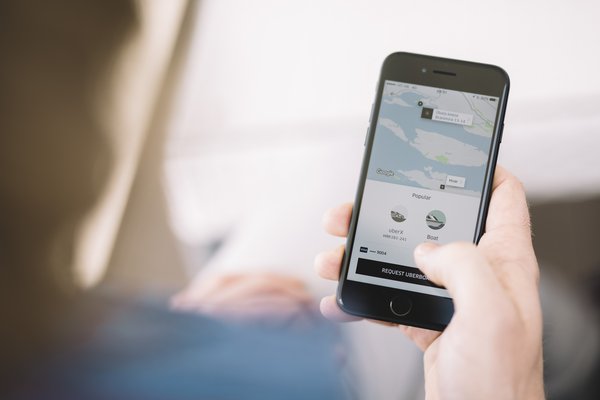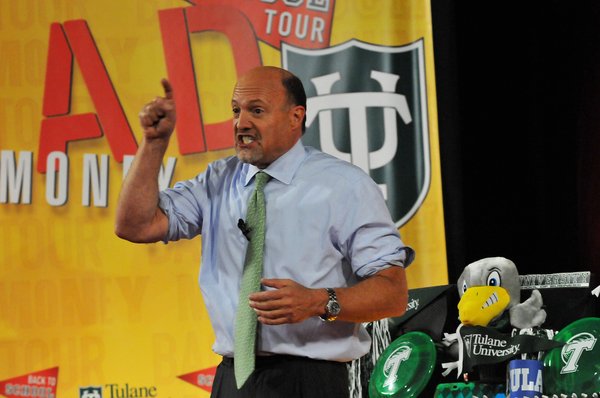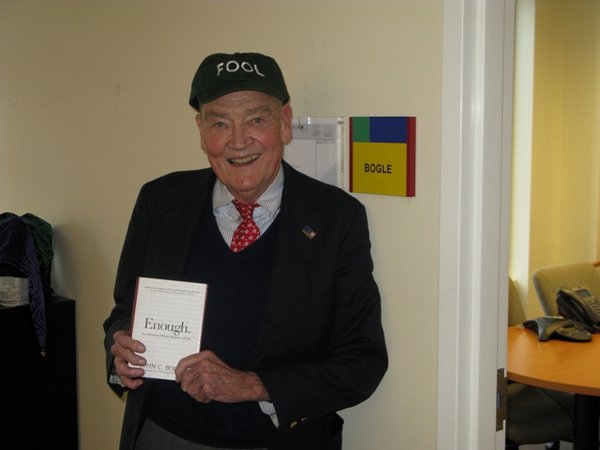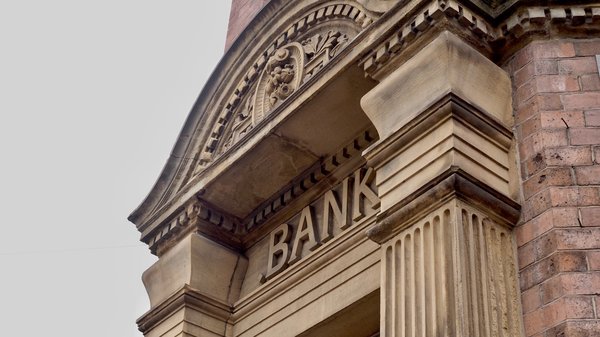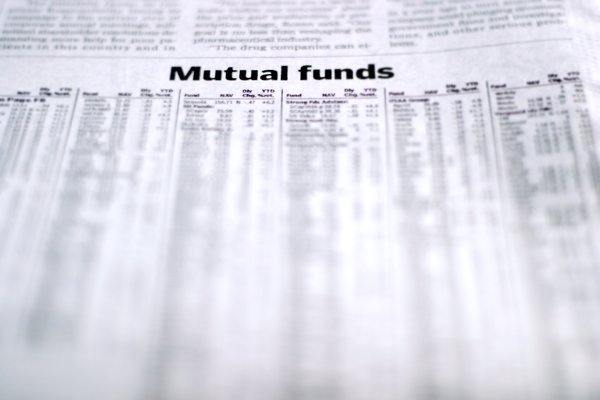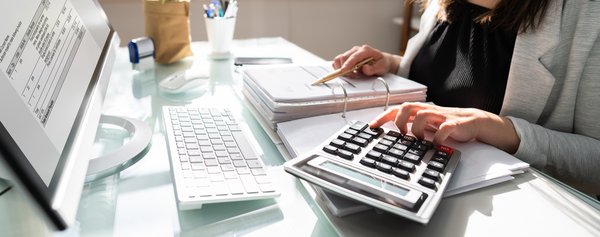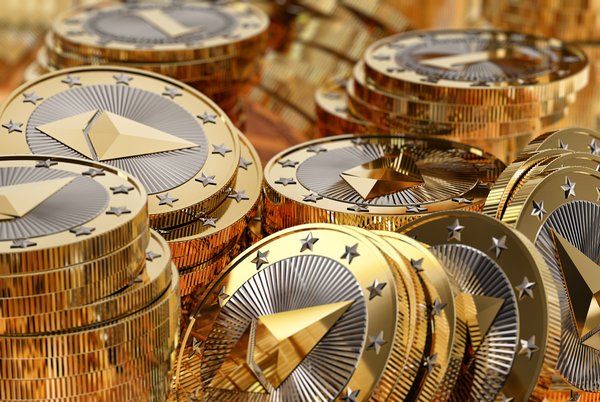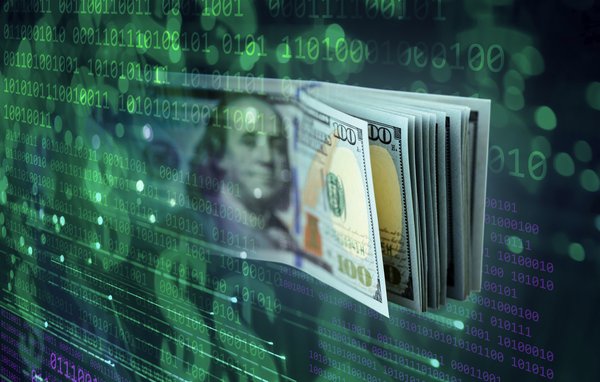Ray Dalio is a billionaire investor and founder of the world's largest hedge fund, Bridgewater Associates.
Read on for a look at the investment approach that made Dalio a famous investor (and very, very rich). Find out more about his background, what he's holding in his portfolio now, and the types of assets he avoids.
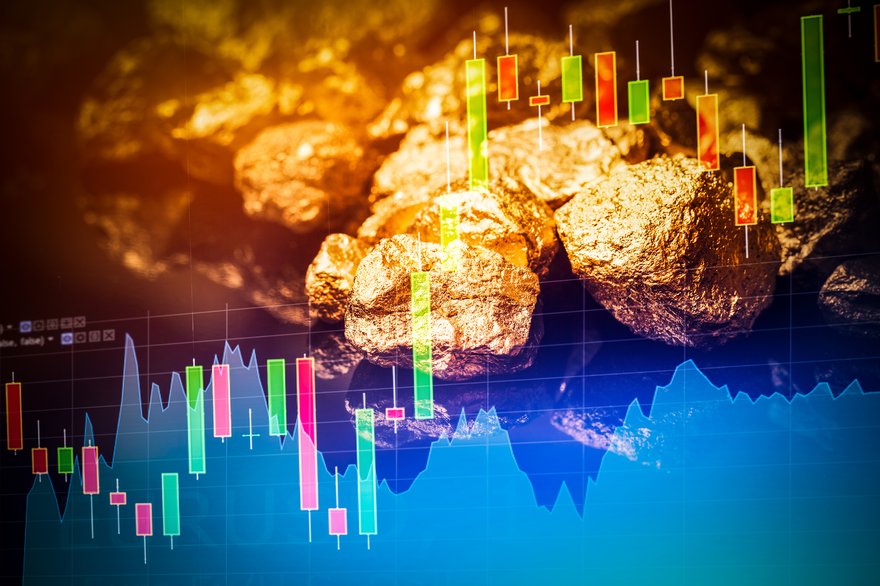
Who is Ray Dalio?
Dalio founded Bridgewater Associates in 1975. Between 1975 and 2022, he managed the firm's assets directly and generated an estimated $52 billion in gains. Dalio stepped down as Bridgewater's co-chief investment officer in 2022 but still remains a board member and CIO mentor.
Bridgewater manages about $150 billion in assets.
Early life
Dalio was born in Queens, N.Y., and later moved to Manhasset. His father was a jazz musician, and his mom was a homemaker. As a youngster, Dalio held various jobs; he had a paper route, did yard work, and shoveled snow for extra cash.
One of his jobs would shape Dalio into the billionaire investor he is today. At 12 years old, Dalio started working as a caddy at an exclusive local golf club. He overheard lots of investing shop talk and decided to try it out himself. Dalio spent $300 buying 60 shares of Northeast Airlines. The position quickly tripled in value, thanks to a merger.
Dalio focused on stocks at first and then moved into commodity futures as a young adult.
College years
During his college years, Dalio worked as a clerk on the floor of the New York Stock Exchange and as a commodity trader for Merrill Lynch. The summer he spent at the NYSE was in 1971, the same year President Nixon ended the Bretton Woods monetary system that linked the dollar to gold. The policy change piqued Dalio's interest in currency exchange rates, inflation, and macroeconomic trends.
The founding of Bridgewater
After earning a master's degree in business at Harvard, Dalio took a job with wealth manager Dominick & Dominick. That lasted a year before he moved on to brokerage Shearson, Hayden and Stone. He left Shearson and founded Bridgewater the next year, recruiting clients from his former employer.
Fast-forward 48 years, and Dalio is one of the world's most respected investors and the world's 71st richest person, with a personal net worth of $22 billion.
Ray Dalio's personal stats
- Age: Dalio was born on Aug. 1, 1949.
- Source of wealth: Dalio is self-made. He came from a middle-class family and began building his own net worth by investing at age 12.
- Marital status: Married.
- Residence: Dalio and his wife, Barbara, live in Greenwich, Connecticut.
- Children: Dalio has four sons with Barbara. Their eldest son, Devon, died in a car crash in 2020.
- Education: Dalio has an undergraduate degree in finance from Long Island University and an MBA from Harvard Business School.
Ray Dalio's investment approach
Five key themes form the foundation of Dalio's investment philosophy:
The economy drives investment opportunities and risks. Dalio is a macro investor who studies economic trends to find opportunities and identify risks. This is different from micro investors, who prioritize company-specific technical research.
Dalio's macro perspective earned Bridgewater special acclaim in the 2000s. As a longtime student of the economy, Dalio saw signs of trouble prior to the 2008 financial crisis. He adjusted the Bridgewater portfolios to prepare for a recession, and the move paid off. In 2008, Bridgewater's Pure Alpha fund grew, while the average hedge fund lost 19%.
Inflation poses serious threats to investors. Dalio has a healthy respect for inflation's ability to drain purchasing power and ravage investment returns. He's been a longtime advocate of holding gold as an alternate source of money. A well-known Dalio investment strategy, the All Weather portfolio, contains a 7.5% allocation of gold. The All Weather portfolio is Dalio's signature allocation for managing wealth during troubled economic times.
Bridgewater holds gold funds as well as the stocks of gold miners and producers. SPDR Gold Shares (GLD 0.49%), a gold ETF, is Bridgewater's 19th-largest position overall, with a 1% allocation.
Investors can manage risk by combining uncorrelated assets. Dalio is a big proponent of diversification. He recommends diversifying across 15 or more uncorrelated assets to reduce the risk-to-return ratio.
Uncorrelated assets do not move together, either directly or inversely. For example, gold and the S&P 500 have a low correlation; the S&P 500 can crash without affecting gold spot prices.
Bridgewater portfolios are diversified across asset types, sectors, and currencies. Dalio has also said he owns cryptocurrencies as a diversification strategy.
Investors should take profits on fully priced stocks. Dalio is not a pure buy-and-hold investor. He believes in taking profits on expensive stocks and then reinvesting. He calls this practice "rotating the portfolio." Appropriate targets for reinvestment are undervalued stocks -- good companies that are lagging the economy or their sector.
Bridgewater's 2023 portfolio changes show this rotation in action. In the first quarter, Bridgewater sold out of Bank of America (BAC -1.46%) and Wells Fargo (WFC -0.68%) but increased its position in the Chinese fintech firm Lufax Holdings (LU -0.22%). The move signals a belief that opportunities in large U.S. banks may be winding down. Smaller, growing economies may be the better choice in the months ahead.
Bias is a major contributor to investor losses. Investors tend to be bullish or bearish about the market or about a specific position. Those are biases. Any kind of directional belief can encourage an investor to hold positions too long and miss the opportunity to take profits.
Admittedly, it's not humanly possible to let go of biases. What you can do is periodically analyze how you're making investment decisions. Identify your directional beliefs and then think through the opposite scenario.
According to Dalio, the actionable step here is to diversify -- just in case your directional beliefs about an asset class, sector, stock, or the entire market turn out to be wrong.
The assets and liabilities that you would most like to have, and those that you would most like to avoid, change with the paradigm that exists at the time.Ray Dalio
Investments Ray Dalio avoids
The state of the economy dictates which investments Dalio avoids.
One asset Dalio has publicly changed course on is cash. Not long ago, Dalio was known for his opinion that "cash is trash." But in early 2023, he admitted that cash had recently been more attractive than stocks and bonds.
Dalio hasn't changed his stance on bonds, however. He was bearish on bonds in 2019 and remains so today. He doesn't like the huge debt balances held by U.S., European, and Japanese governments or the negative real yields these securities deliver.
Dalio's current view on bonds is more negative than it's been in the past. That's evident because his All Weather allocation -- developed in 1996 -- does recommend a significant position in debt. The All Weather portfolio consists of 30% U.S. stocks, 40% long-term Treasury bonds, 15% intermediate-term Treasury bonds, 7.5% diversified commodities, and 7.5% gold.
Ray Dalio's investments
The table below shows Bridgewater's top positions as reported by the fund's third-quarter 2021 13-F filing.
| Name | Ticker | Market Cap/Total Assets | Description |
|---|---|---|---|
| iShares Core Emerging Markets MSCI ETF | NYSEMKT: IEMG | $71 billion | Index fund that invests in large, mid, and small-cap stocks in emerging markets. |
| iShares Core S&P 500 ETF | NYSEMKT:IVV | $318 billion | Index fund that tracks the S&P 500. |
| Procter & Gamble | NYSE:PG | $345 billion | Makes and sells branded consumer packaged goods. |
| Johnson & Johnson | NYSE:JNJ | $416 billion | Makes and distributes personal care products and pharmaceuticals. |
| Pepsico | NYSE:PEP | $251 billion | Makes, markets, and distributes beverages and convenience foods. |
More from Ray Dalio
Ray Dalio and macro-investing
Dalio's macro approach has a steep learning curve. Fortunately, he's outspoken about his views on inflation and the economy -- and good at explaining his economic theories.
For a primer on Dalio's view of the economy, investors can watch his 30-minute video, "How the economic machine works." Another resource is LinkedIn, where he periodically posts about the economy and his investment theory.
